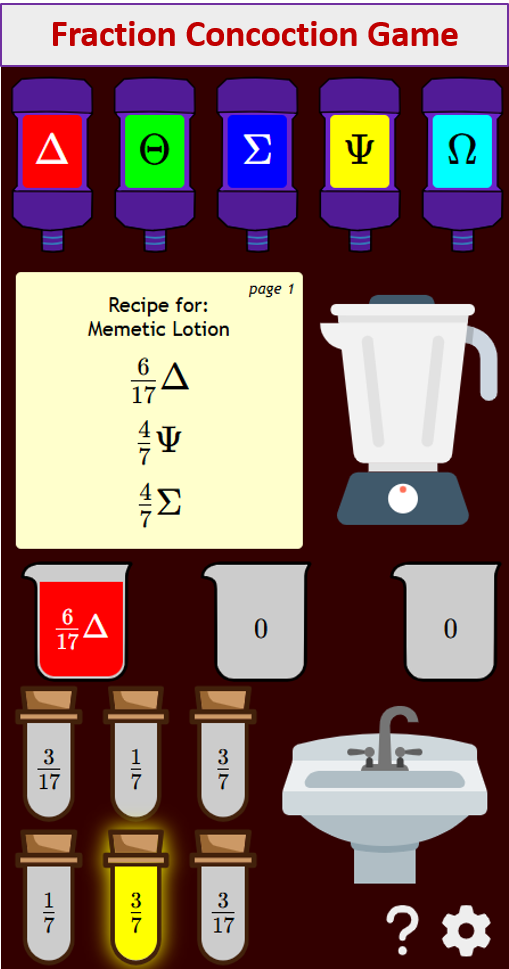

Making Ethanol
Related Topics:
More Lessons for IGCSE Chemistry
Math Worksheets
A series of free IGCSE Chemistry Activities and Experiments (Cambridge IGCSE Chemistry).
Reactions of Alcohols
Describe how alcohol can be made by hydrating ethene.
Describe how alcohol can be made by fermentation from sugar.
Evaluate the advantages and disadvantages of these two methods.
Hydration of Ethene to get Ethanol
Ethene + steam → ethanol
Sulfuric acid is the catalyst.
Advantage:
Very pure ethanol is made - no need to purify.
Disadvantage:
Ethene comes from oil which is not renewable.
High temperature needed which is expensive.
Fermentation
Yeast converts sugar to ethanol and carbon dioxide.
Advantage:
Sugar is renewable since it comes from plants.
Cool temperatures (40°C) which saves money.
Disadvantage:
The ethanol is impure. We have to purify it which costs money.
Ethylene to ethanol by hydration
Note that ethylene is another name for ethene.
Errata: The symbol equation in the video should be
C2H4 + H2O → C2H5OH
The fermentation of glucose using yeast
Beer and wine are produced by fermenting glucose with yeast. Yeast contains enzymes that catalyse the breakdown of glucose to ethanol and carbon dioxide. The ethanol produced is toxic to the yeast and eventually reaches a level that kills the yeast. This happens when the alcohol is about 12-14% depending on the type of yeast used.
In this experiment, a glucose solution is left to ferment. The products of fermentation are then tested.
1. Put 5 g of glucose in the conical flask and add 50 cm3 of warm water. Swirl the flask to dissolve the glucose.
2. Add 1 g of yeast to the solution.
3. Wait while fermentation takes place.
4. The gas released is passed through limewater to test for carbon dioxide.
Fermentation using yeast
Demonstrate the conditions needed for fermentation.
Yeast and water
Yeast, sucrose and water
Yeast, sucrose and water (boiled)
Sucrose and water
Yeast, flour and water



More Lessons for IGCSE Chemistry
Math Worksheets
A series of free IGCSE Chemistry Activities and Experiments (Cambridge IGCSE Chemistry).
Reactions of Alcohols
Describe how alcohol can be made by hydrating ethene.
Describe how alcohol can be made by fermentation from sugar.
Evaluate the advantages and disadvantages of these two methods.
Hydration of Ethene to get Ethanol
Ethene + steam → ethanol
Sulfuric acid is the catalyst.
Advantage:
Very pure ethanol is made - no need to purify.
Disadvantage:
Ethene comes from oil which is not renewable.
High temperature needed which is expensive.
Fermentation
Yeast converts sugar to ethanol and carbon dioxide.
Advantage:
Sugar is renewable since it comes from plants.
Cool temperatures (40°C) which saves money.
Disadvantage:
The ethanol is impure. We have to purify it which costs money.
Note that ethylene is another name for ethene.
Errata: The symbol equation in the video should be
C2H4 + H2O → C2H5OH
Beer and wine are produced by fermenting glucose with yeast. Yeast contains enzymes that catalyse the breakdown of glucose to ethanol and carbon dioxide. The ethanol produced is toxic to the yeast and eventually reaches a level that kills the yeast. This happens when the alcohol is about 12-14% depending on the type of yeast used.
In this experiment, a glucose solution is left to ferment. The products of fermentation are then tested.
1. Put 5 g of glucose in the conical flask and add 50 cm3 of warm water. Swirl the flask to dissolve the glucose.
2. Add 1 g of yeast to the solution.
3. Wait while fermentation takes place.
4. The gas released is passed through limewater to test for carbon dioxide.
Fermentation using yeast
Demonstrate the conditions needed for fermentation.
Yeast and water
Yeast, sucrose and water
Yeast, sucrose and water (boiled)
Sucrose and water
Yeast, flour and water
Try out our new and fun Fraction Concoction Game.
Add and subtract fractions to make exciting fraction concoctions following a recipe. There are four levels of difficulty: Easy, medium, hard and insane. Practice the basics of fraction addition and subtraction or challenge yourself with the insane level.



We welcome your feedback, comments and questions about this site or page. Please submit your feedback or enquiries via our Feedback page.